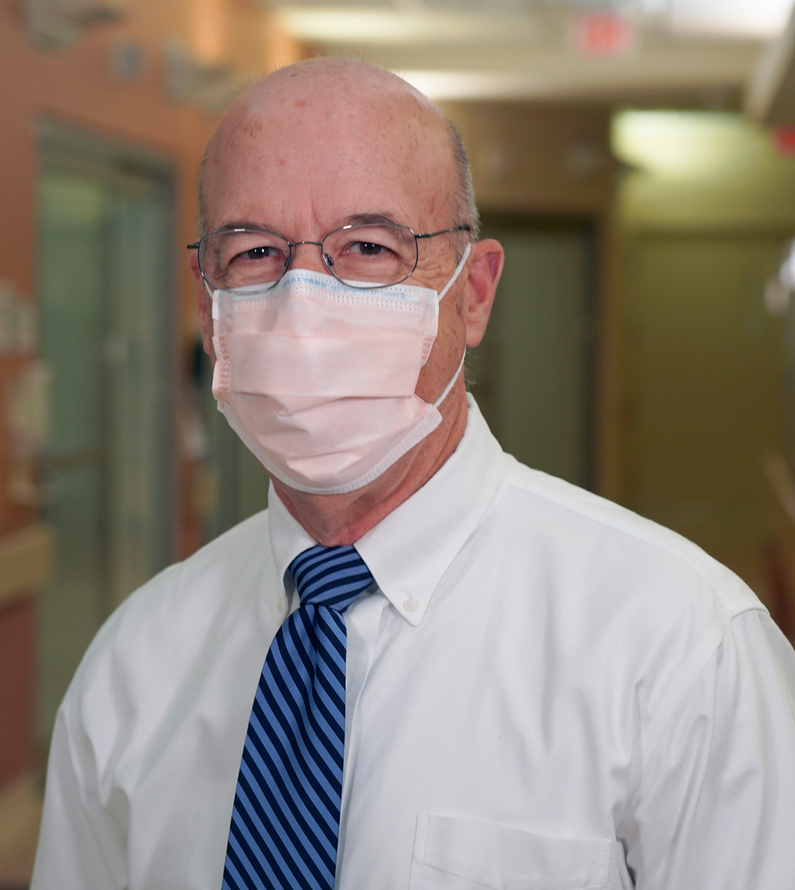The future of work includes a return of managing, therapy and leading by walking around


This is the second in a series of articles about the Future of Work (FoW). By way of review, the work we do here in the NIH Clinical Center has been divided into transactional work or "my" work for which we have built technological tools to make certain we get that work done and relational work or "our" work that still cannot be accomplished as readily even with the available tools.
Managing by Walking Around (MBWA) is a term popularized in the early 1980's in a book by business experts Tom Peters and Robert W. Waterman. The book title was "In Search of Excellence: Lessons from America's Best-Run Companies". They observed that the best companies' managers spend a portion of their time with their reports looking for how the assigned work is being accomplished, making on-the-spot corrections, and acknowledging those doing excellent work. Perhaps even more importantly, managers use this time to listen to staff other than their direct reports about problems or issues or even suggestions about how the work might be done better. Peters and Waterman posit that MBWA pays big dividends at the institutional level. Although Peters and Waterman were not talking about healthcare specifically, MBWA remains very important in the hospital setting.
In August of 2002 I signed in to the hardest job I had in my Army career. The duty was at the Office of The Surgeon General – the Army Surgeon General, not the US Surgeon General. Part of the time my office was in the Pentagon and part of the time it was not but the job was a "Pentagon" job. Pentagon jobs are grueling under even the best of circumstances. I started at a particularly difficult time, 11 months after 9/11. At 9:37 on that date, American Airlines flight 77 crashed into the southwest corner of the Pentagon, killing everyone on the plane and 125 people working in the Pentagon. The section of the building that took the most direct hit housed the Army's G-1 offices. For those unaccustomed to Army terms, the Army G-1 oversees all the human resources functions for every Army soldier. The Army G-1, Lieutenant General Timothy J. Maude, was among the fatalities. Understandably, the survivors of the attack on the Pentagon were severely traumatized even if not physically injured.
The Army Surgeon General charged the senior behavioral health consultants for the Army to come up with a plan to deal with the many manifestations of PTSD in the G-1 staff after the attack. The code name for the plan put together by senior psychiatrists, psychologists, and social workers was Operation Solace. Since the consultants worked for me in my Pentagon job, I needed to know what Operation Solace was all about. It was explained to me quite simply as "Therapy by Walking Around" (TBWA). The consultants understood that it would be extremely difficult to get soldiers to sign up for psychiatric consultations and private counseling or therapy sessions, especially if they did not know and had little trust in behavioral health providers. The essence of Operation Solace was the behavioral health providers going to the patients rather than the other way around. They made regular visits to the offices where the staff worked. They engaged in seemingly idle chitchat and shared coffee breaks with the Pentagon staff. They fostered familiarity and, in many cases, trust. The consultants made themselves available for private meetings as well, but the key to Operation Solace was TBWA.
Just in case you have the idea that TBWA is somehow unique to Operation Solace, I encourage you to check out the model by which the Spiritual Care Department of the NIH Clinical Center supports the CC staff.
One more acronym – LBWA. You probably guessed that it is Leading by Walking Around. I am re-reading a book I read about 20 years ago about World War II in the Pacific. The US forces were woefully unprepared for the beginning of hostilities there and it quickly became very evident. US military leaders knew that they would eventually fail yet they also were under orders to hold out as long as they could. Even in a losing cause they were buying time for the United States to fully mobilize. Without food, medicine, or better weapons, the US general in operational command, Lieutenant General Jonathan Wainwright, still spent his time visiting with and talking to the American and Filipino soldiers doing their best to hold back the invaders. Wainwright said on a number of occasions – "the only thing I had to offer them was morale". Wainwright provides a great example of the importance of LBWA. LBWA combines elements of MBWA and TBWA. Morale is important in all organizations.
During the pandemic our MBWA, TBWA, and LBWA activities were curtailed as we focused on social distancing and doing as much as we could remotely. I think our appreciation for MBWA, TBWA, and LBWA declined and our skills in those domains atrophied. MBWA, TBWA, and LBWA activities are not transactional. They are relational work activities. MBWA, TBWA, and LWBA cannot be done at a computer, on the phone, on Zoom, or using Teams. It cannot be done in a private office or a staff meeting. MBWA, TBWA, and LWBA require proximity and presence. The sooner we recognize that the better off organizationally we will be.
- Dr. James K. Gilman is the CEO of the NIH Clinical Center.
In case you missed it, the first Future of Work article "It's time to ask the hard questions about the future of work" ran in the Dec 2022 / Jan 2023 issue of the CC Newsletter.